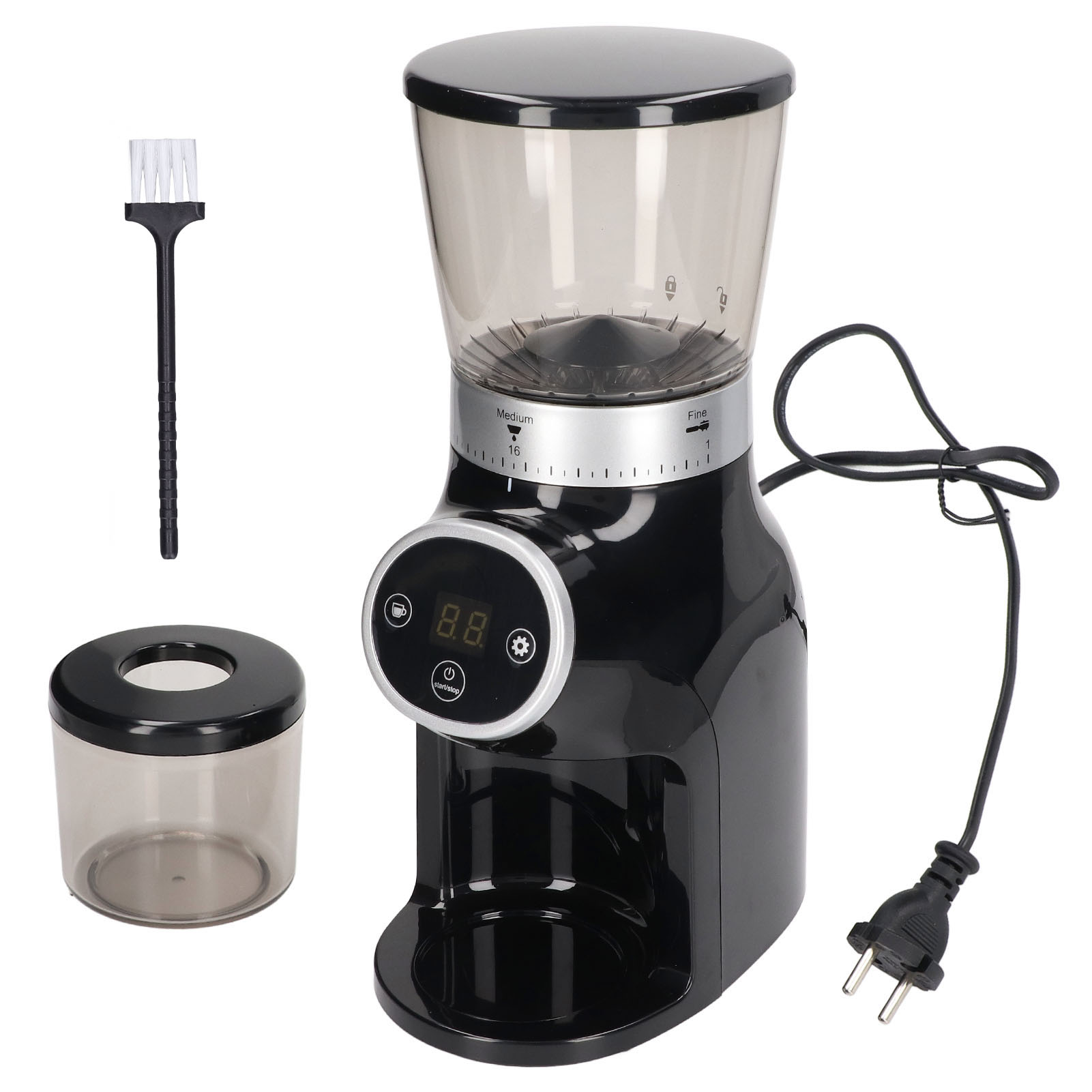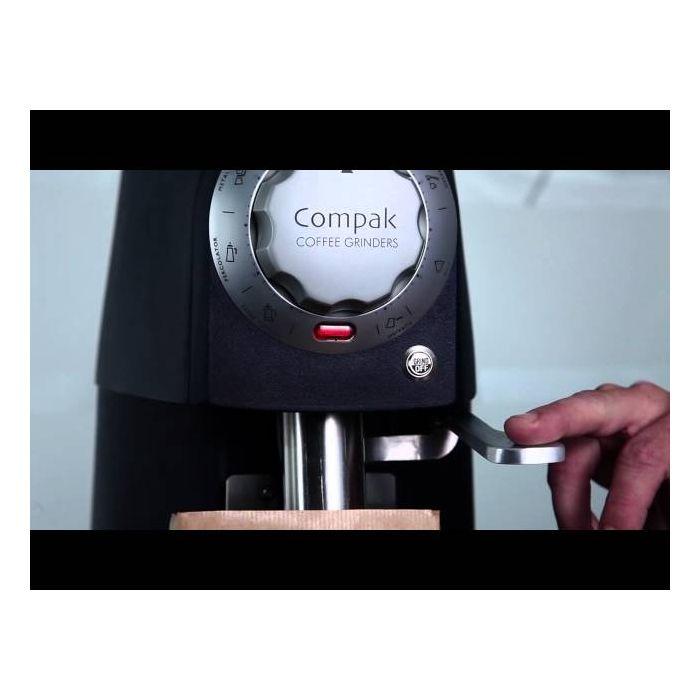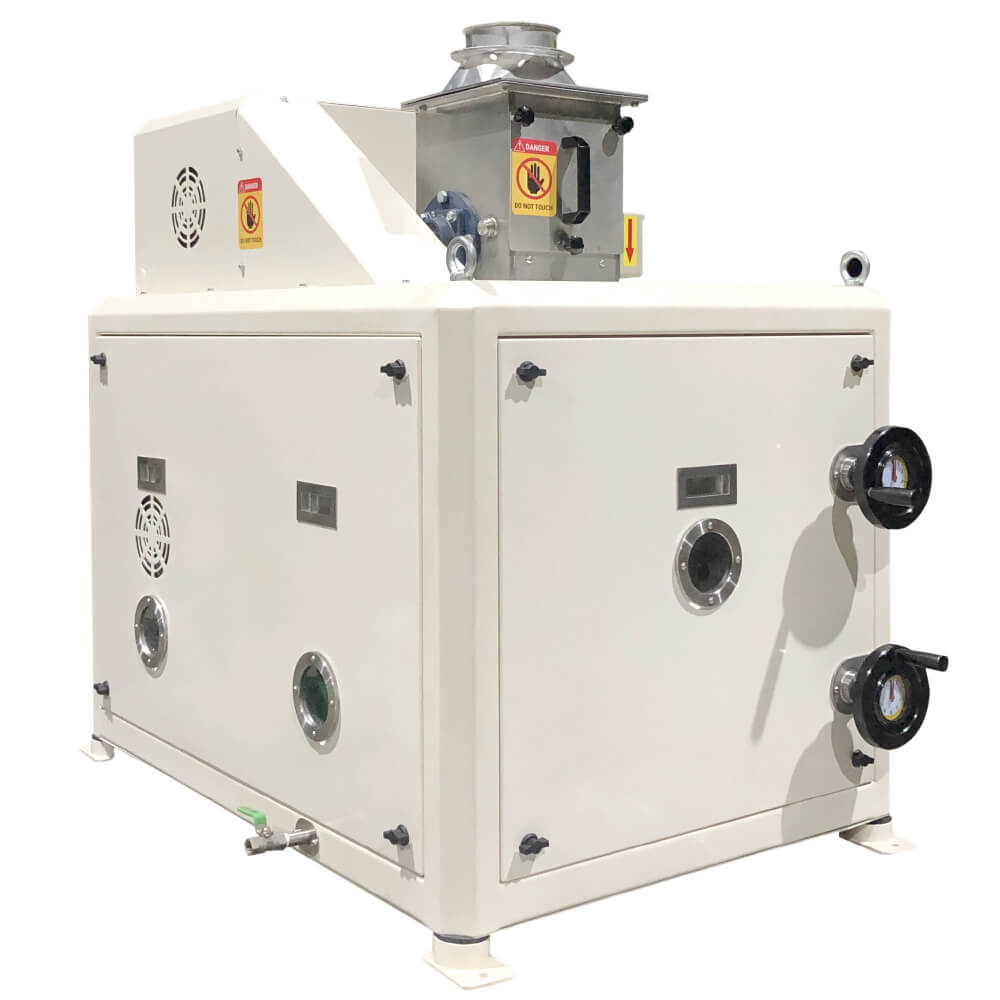Industrial Coffee Grinder for Bulk Coffee Production: Essential Information
Industrial Coffee Grinder for Bulk Coffee Production: Essential Information
Blog Article
Industrial Coffee Grinder Guide: Increase Performance and High Quality
In the affordable landscape of coffee manufacturing, picking the best industrial coffee grinder plays an essential function in boosting both efficiency and item high quality. Understanding the subtleties of various mill types and vital functions-- such as customizable work settings and robust building and construction-- can significantly affect the final flavor account of the coffee.
Comprehending Mill Types
When selecting an industrial coffee mill, recognizing the different types readily available is vital for enhancing both flavor extraction and functional effectiveness. Both main kinds of mills are blade grinders and burr mills. Blade mills make use of sharp blades that cut coffee beans into irregular sizes, leading to uneven extraction and possibly unfavorable tastes. While blade grinders are usually more appropriate and affordable for small procedures, they are normally not suggested for industrial usage.

Eventually, selecting the best kind of grinder is essential to keeping top quality and efficiency in coffee manufacturing, making it crucial for companies to buy high-quality burr grinders for optimal outcomes.
Secret Attributes to Take Into Consideration
Choosing an industrial coffee mill needs mindful consideration of a number of vital attributes that can substantially affect both performance and the overall coffee experience. Among the primary aspects to assess is the grinding system. Burr grinders are usually preferred over blade grinders, as they offer a consistent work dimension, which is critical for ideal removal and flavor.
An additional vital attribute is the mill's capability. Depending upon the quantity of coffee you require to process, select a design that can handle your needs without giving up rate or high quality. Furthermore, think about the work setups supplied. A versatile mill with multiple setups permits you to tailor the grind size to various brewing methods, improving the coffee's flavor profile.
Examine the grinder's noise degree, specifically in an active coffee shop or manufacturing environment, where extreme noise can be turbulent. Spending in a mill that balances these attributes can significantly improve both functional performance and the high quality of the coffee offered.
Optimizing Grinding Process
To attain the most effective lead to coffee prep work, maximizing the grinding procedure is important. The work dimension considerably affects extraction, flavor, and total quality of the made coffee. Different brewing approaches require certain grind dimensions; for circumstances, espresso demands a fine work, while French press demands a coarse structure. Recognizing the partnership between grind dimension and developing method is the primary step in optimization.


In addition, keeping an eye on the grinding rate can optimize the process. Slower grinding commonly generates much less warmth, protecting delicate flavors and scents. On the other hand, quicker grinding may generate extreme warm, negatively impacting the coffee's quality.
Maintenance and Care Tips
Correct upkeep and treatment of industrial coffee grinders are important for making certain optimum efficiency and durability. Regular cleaning is the foundation of upkeep; deposit build-up can impact flavor and grinding performance. It is advisable to clean the mill after each use, wiping down the exterior and getting rid of any type of coffee premises from the burrs.
Additionally, examine the grinding burrs for wear and tear. Boring burrs can jeopardize grind uniformity, so they need to be changed as required. Industrial Coffee Grinder. Regularly adjusting the mill is also important, as this maintains the preferred grind dimension for different brewing approaches
Lubrication of moving parts need to be done according to the producer's specifications, as this minimizes friction and extends the life of the tools. It is vital to use food-grade lubes to make certain safety and compliance with health and wellness laws.
Last but not least, keep the grinder in a steady and dry environment to stop corrosion and corrosion. By sticking to these maintenance and care suggestions, operators can enhance the performance of their industrial coffee mills while ensuring premium result and extended operational life.
Roi Analysis
Reviewing the roi (ROI) for industrial coffee grinders is critical for businesses looking for to optimize their coffee manufacturing capacities. A comprehensive ROI evaluation helps identify the economic viability of purchasing top quality grinders, permitting businesses to consider the initial prices versus possible gains.
Analyze the purchase price of the mill, consisting of setup and any type of required modifications to existing facilities. High-performance grinders commonly lead to decreased grinding time and increased throughput, which can considerably enhance productivity.
Furthermore, take into consideration the influence on product top quality. Industrial Coffee Grinder. Superior mills generate an even this hyperlink more consistent grind dimension, which can improve taste profiles and client fulfillment, ultimately driving sales. By enhancing the high quality of the end product, companies can validate greater prices, causing boosted income
Verdict
In summary, a commercial coffee grinder plays a pivotal function in improving both efficiency and product quality within coffee production. Ultimately, the tactical investment in a reputable grinder adds significantly to improved earnings and competition in the coffee market.
In the competitive landscape of coffee manufacturing, picking the best commercial coffee grinder plays a pivotal function in boosting both performance and product high quality. The 2 primary types of grinders are blade grinders and burr mills. Within the burr mill classification, there are flat burr grinders and conical burr mills, each with its benefits. Burr grinders Read Full Report are typically chosen over blade grinders, as they give a regular work size, which is essential for optimum removal and taste.
In summary, an industrial coffee grinder plays a crucial role in boosting both performance and product high quality within coffee production.
Report this page